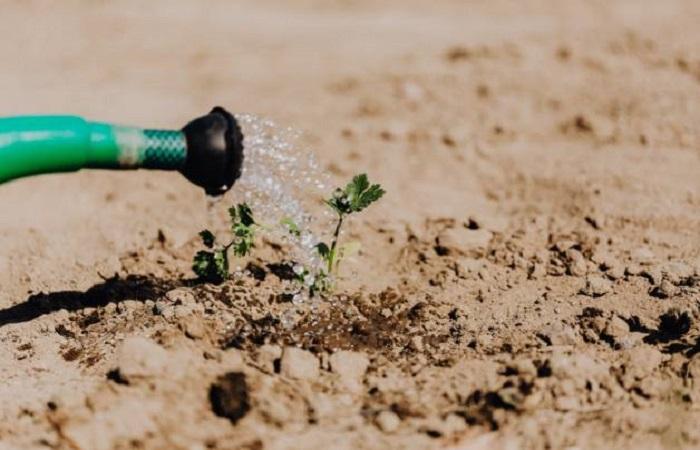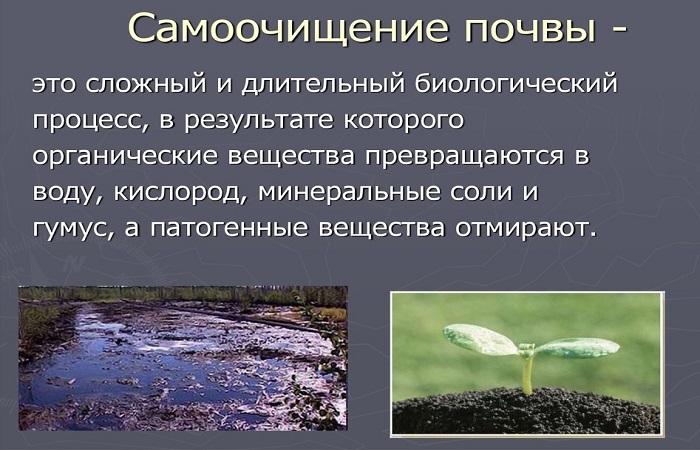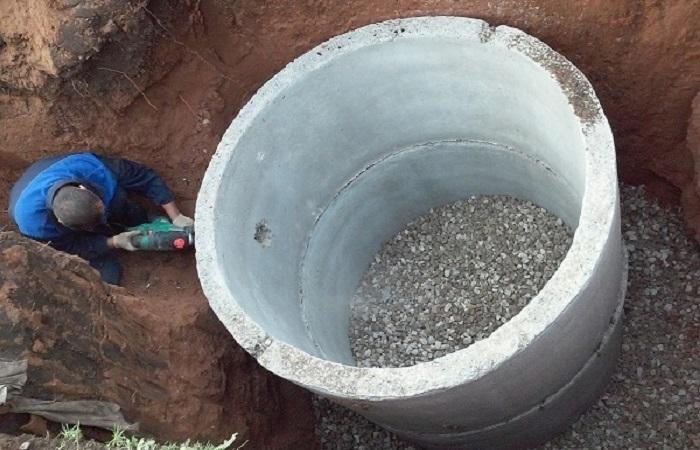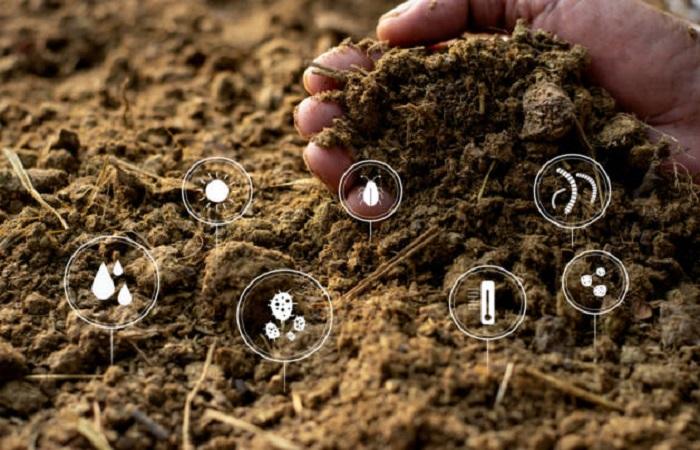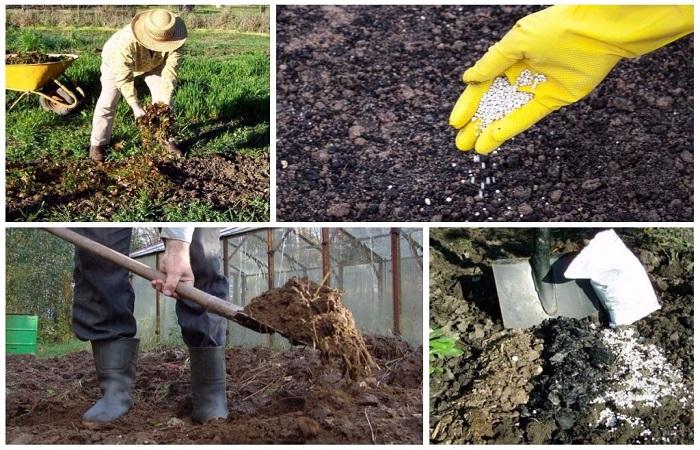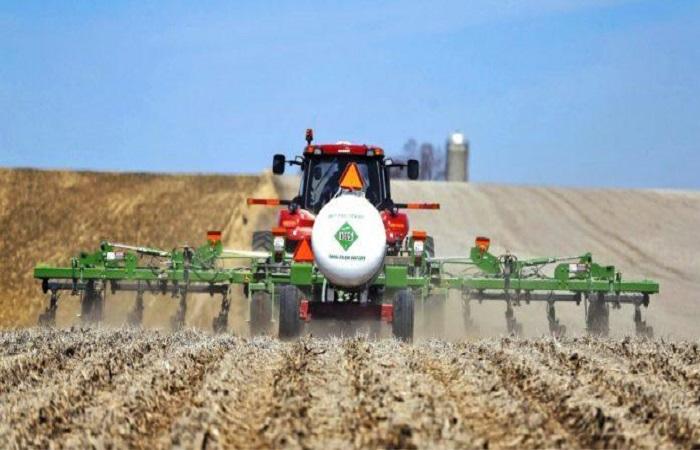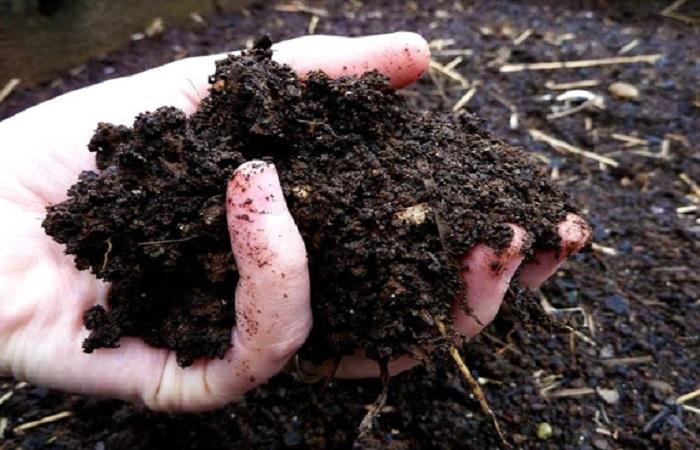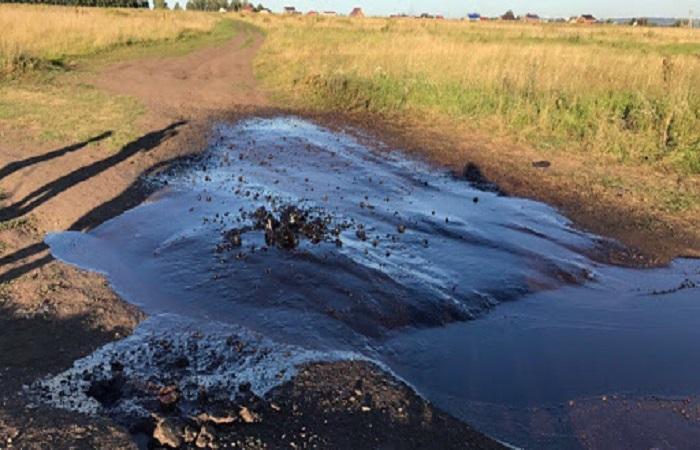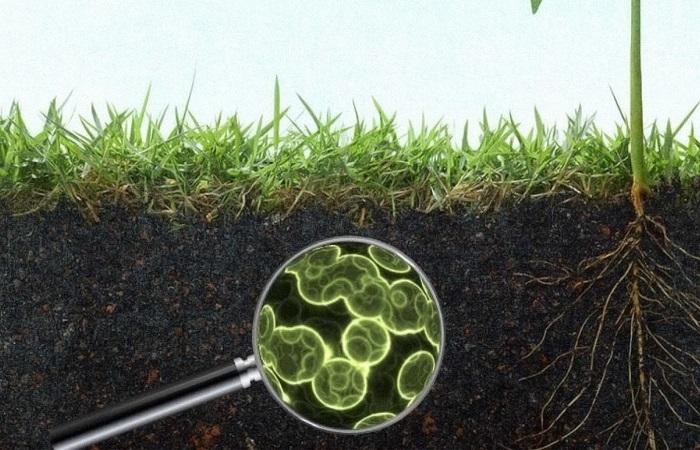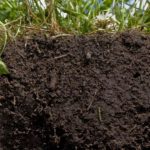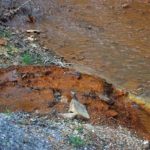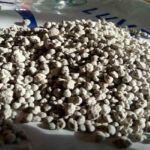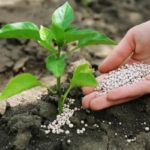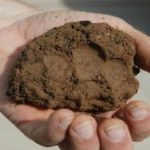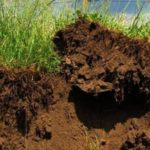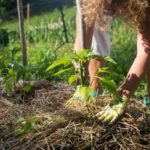Soil pollution, mainly due to human economic activity, is now constant. But the concept of self-purification of soils is also known. Let's consider what it means, the characteristics and ways in which the soil can self-clean: aerobic, anaerobic, mineralization, nitrification and humification. And also the hygienic importance that soil self-cleaning acquires.
Concept and characteristics
When a certain amount of toxic compounds accumulates in the soil, its chemical composition changes, the integrity of the geochemical environment is disrupted, and microflora is inhibited. From the soil, the accumulated water can enter the bodies of animals and people, which leads to a negative impact on health.
Soil self-purification is its ability to mineralize substances of organic origin, convert them into organic and mineral forms that are not hazardous in a sanitary sense, and are assimilated by plants.
In soil of any type, biological, physical, chemical and other complex processes are constantly taking place. Bacteria, protozoa and fungi in the soil can process carbon monoxide, pesticides and other harmful compounds, slowly turning them into non-toxic substances.
Soil animals also take part in the self-cleaning of the soil: insects, earthworms, shrews, moles; they dig tunnels in the ground and mix it. The speed of cleansing depends on climate conditions, humidity and temperature - the higher it is, the faster the process goes, therefore in the southern regions the earth cleanses itself faster. The scale and nature of pollution matter. The degree of drainage, bioactivity and thickness of the humus layer, and the ratio of precipitation volume to evaporation have a significant influence.
Self-cleaning methods
The processing of organic matter into mineral forms occurs in several ways. Each process has its own chemical and biological characteristics and proceeds differently. The decomposition of organic compounds in the soil layer occurs under the influence of microorganisms that are found in large numbers in it. This natural process can occur both aerobically (with the participation of oxygen) and anaerobically, with the help of putrefactive bacteria that do not need oxygen.
Aerobic method
The process occurs under the influence of bacteria, with the participation of oxygen. Organic matter, mainly nitrogen-containing, breaks down into simple mineral compounds. This process is called ammonification, it is characterized by the breakdown of proteins to amino acids, then to hydrogen sulfide, indole, ammonia, skatole, these substances are converted into nitrites, and then into nitrates, which can already be absorbed by plants. The process involves the release of heat, which is absorbed by microorganisms. In parallel with the ammonification process, there is a synthesis of humic acids, which increase soil fertility.
Anaerobic method
It occurs without the presence of oxygen; organic matter is also processed by bacteria. The process resembles fermentation and occurs with the absorption of energy, resulting in the formation of organic alcohols and acids, carbon dioxide, methane, hydrogen and other gases that usually have an unpleasant odor.
Self-cleaning processes
Organic matter entering the soil is first converted into inorganic compounds and mineral elements, which are then used to feed plants. The rest gradually turns into humus.
Mineralization
This is the process of converting organic compounds into mineral elements. The first stage consists of the breakdown of proteins, carbohydrates and fats into simpler compounds - respectively, ammonia, carbon dioxide and water, glycerol and fatty acids.
Nitrification
Ammonia is converted to nitrites and nitrous acid, then to nitrates and nitric acid. This process - nitrification - makes nitrogen available to all plants and microorganisms that use it to feed and build cells.
The reverse process also occurs in the soil - denitrification, this is the result of the activity of bacteria that reduce ammonia from nitrates.Denitrification depletes the soil of nitrogen, reducing its availability to plants.
Humification
This is the final stage of the process of restructuring organic residues into humic substances; the process occurs in the upper layers of the soil. Humification is a set of biochemical reactions that occur with the help of soil microorganisms, resulting in the production of specific humic acids, fulvic acids and their salts, organic acids, fatty acids, carbohydrates and carbon compounds. Humic acids, as high-polymer compounds, decompose more slowly than other organic compounds, therefore they remain and accumulate in the soil, becoming the basis of humus. The more it is in the soil, the more fertile it is considered.
Humus formed under the influence of aerobic and anaerobic bacteria and fungi is of great agrotechnical and sanitary importance. Humus does not rot, does not emit an unpleasant odor, and does not contain infectious agents.
Hygienic value
Soil self-purification processes are necessary not only for plant life, but are important for maintaining the health of animals and humans. Self-purification begins with the fact that the organic residues found in it, along with pathogens and helminth eggs, are filtered and, under the influence of biological, geochemical reactions, neutralized, destroyed and decomposed. Thus, they lose the ability to become infected. Self-purification of the soil reduces the content of infectious pathogens in it, pathogens that are transmitted through contact with the soil and remain on the green parts of plants and fruits.
Of the two decomposition methods - aerobic and anaerobic - aerobic is preferable; it occurs without the release of poisonous or foul-smelling gases and substances that worsen the characteristics of water and air. The aerobic method of self-purification is typical for structured soils that absorb air and water well.
The ability of soil to absorb and capture organic components, decompose into simple substances and mineral elements is of paramount sanitary and hygienic importance. If the soil did not have this ability, the life of microorganisms and plants in it would become impossible. In order for self-purification processes to proceed correctly and stably, it is necessary that the supply of organic and synthetic residues does not exceed the soil’s ability to self-purify. When exceeded, organic matter does not mineralize, but rots, polluting the soil and air with poisonous gases.

